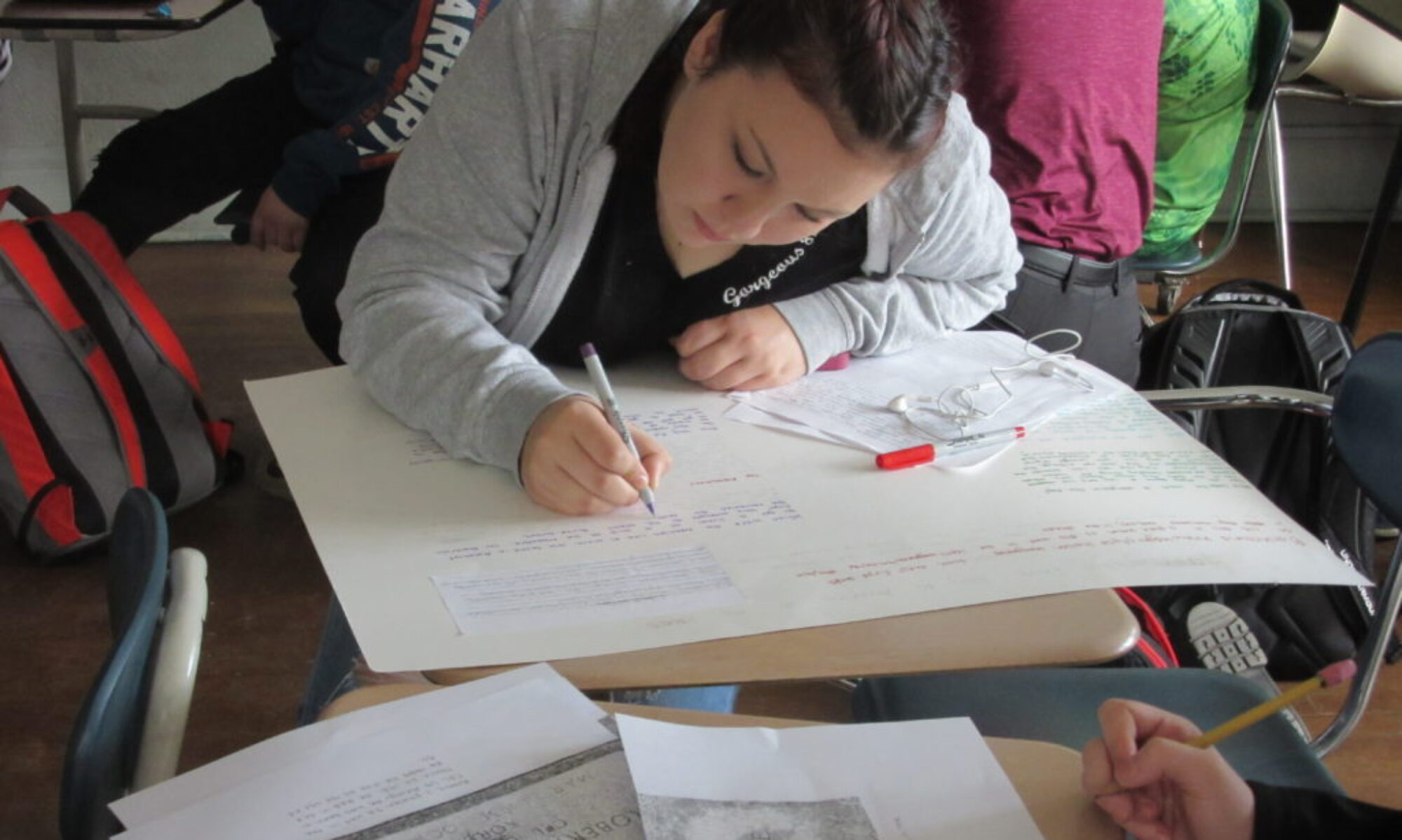Creating and sharing digital selves
 I’m participating in Thinglink’s Summer VR Challenge, and the first exercise in the challenge is to design your Digital Self, a visual representation of yourself with embedded links to things you feel are important people know about you.
I’m participating in Thinglink’s Summer VR Challenge, and the first exercise in the challenge is to design your Digital Self, a visual representation of yourself with embedded links to things you feel are important people know about you.
A key component of the exercise is to share your Digital Self with your PLN. But I warn you: you’re not ready for this jelly.
HELLO. THIS ME.
Mouse over the image above to find out what I shared about my Digital Self.
What is Thinglink?
Let’s take a step back here for a second and recap the basics: Thinglink is an online platform and free iOS app that allows you to embed links, audio, video, images, and now Google Docs and Forms into a static image. When you hover over the image, information about the links — a snippet of text, a video thumbnail, a social media icon — appears, and you can click (or tap) to follow those links.
Use Thinglink to explore identity
This exercise in designing your digital self fun to do. Using the tools Thinglink links to for avatar creation would allow students to express a visual of their ideal selves; for instance, I have always, always wanted a tail and am a little sad that no claws were offered as an option on the Marvel generator.
But more than that, the guidelines for the exercise state that you need to add, at a minimum, tags to links for audio, video and images that tell other Digital Selves important things about you. Here’s what the lesson plan looks like:
You really can only pack in maybe 5-7 things total, so when you sit down to think about it:
- What do you want your PLN to know about you?
- What showcases things you’re proud of?
- What are the most important things you want people to know you for?
And then imagine working through that as a middle grades student, a time when your identity is in super-flux mode.
The importance of managing your Digital Self
The exercise also includes guidelines for sharing your Digital Self, with advice around student privacy and social media. These are all key skills to explore with students as they grow more and more curious about interacting with others online. We hear a lot about digital footprints, and this is a great way to get students thinking about managing theirs.
There’s also a note on using hashtags so you can find other members of your PLN who share your interests. A super useful concept to roll out to students and educators using social media.
What else can you do with Thinglink?
We’ve seen educators do a ton of amazing things with Thinglink, but check out this collaborative map of the United States, made by middle schoolers at The Cabot School, in Cabot, VT. Students broke into groups and chose a specific region of the country to research, then made videos showcasing what they felt were the most important features of the region.
Are you taking the Thinglink Summer VR Challenge?
Let’s connect! Feel free to share your Digital Self in the comments.






One Reply to “Use Thinglink to explore identity”
Comments are closed.